The basics to improve cycling in long distance triathlon

Our collaborator Ricard Perez This time he tells us how to improve the cycling sector in a long distance triathlon
Next you have some concepts that although they are very simple to understand, they are basic to be able to have an evolution constant in long distance cycling.
Cadence: the key
Cadence, cadence, cadence. This is the key to optimal cycling performance.
For the record, we are not talking about carrying a high cadence, but the secret lies in knowing what your ideal cadence is in each circumstance.
We could simplify and say that the optimal cadence is 90-95rpm, and for most of the cases we would not be wrong, but it is one thing to say that the optimal 'theoretical' cadence is Nrpm, whereas what is needed is know how your body works to find that cadence in which you are more efficient.
For values of 90-95 rpm, all the nervous impulses of the central nervous system work at their maximum efficiency, that is to say that if we try to shoot at 110 rpm, even if we have our legs very used to this situation, the organism will end up stressing, since the nervous impulses of the organism are working at a very different frequency to 1.5 impulses / second.
But we already know that there are more calm people and nervous people, in the same way that there are athletes that have a value of VO2max higher or lower ...
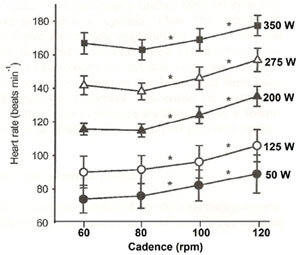
Anyway there are cyclists and professional triathletes who have their most efficient cadence (considering the case of individual time trial of 40-70 kms) in different ranges, such as Sebastian Kienle, who has done some Olympic triathlon at an average of 87rpm, while what Fabian Cancellara has done some 45km times at an average of 115rpm.
I really like the potentiometers and the pulsometers, but the device that I consider the most important is the cadenciómetro, since when starting a specific training block (for example in the pre-season or in the competitive period) we can obtain some power values and reference pulses from working in different cadences.
That is one of the first things you should do when you start training your cycling segment more seriously will be to vary (sometimes) the cadence, to observe what power and pulsation values you get.
In this way you will be able to check for what combinations of cadence + development you have the best results of power and pulsations.
Type of training: the variety
When cycling for long distance is 'serious', the concept of going out to roll, or going out for miles, disappears. You must reserve this expression for disconnection sessions, free exits, recovery filming; where your main objective will be to pass a certain number of minutes and / or kilometers on top of the bike.
- If you want to work the technique You have pedaling exercises with one leg and fast pedaling.
- If you want to work the speed You have speed interval exercises and thrown outs.
- If you want to work hard You have exercises of series in rise and fixed pinion.
- If you want to work the rhythm of competition You have exercises of intervals of effort and simulation of career.
As you can see now a wide range of possibilities opens up that will make your bike sessions much more distracted than before.
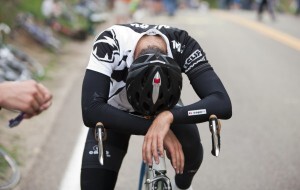
What you have to watch is not having too much information to process at the time of going out with the bike, so as not to saturate yourself and lose the essence of the exercise.
Purpose of the session: the purpose
Sometimes it's good for us to go out and do a few hours of a bike, as we disconnect and find ourselves, but if we want to improve in the long distance, we must establish a very specific purpose in each of our sessions.
Some sessions will serve as an active recovery, others will serve as speed work, we will also have sessions in which we will seek an improvement of our anaerobic threshold. Each of the sessions will have a clearly identified objective, to know where we need to focus more, since it is the key moment of the session.
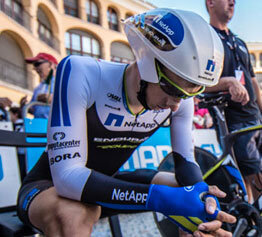
You can have several objectives within the same session, but you will always have to identify a main objective, in order to work in a more orderly manner.
Planning the objectives: the roadmap
In the same way that you tend to work more with the technique in the pre-season periods and the rhythm of competition when you are closer to your objective career, also you must plan what elements you want to work with during the season.
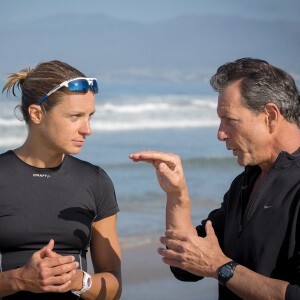
Think that with the repetition of very long shoots and at a comfortable pace during the first months of the season, you are improving your endurance, but on the contrary, you are losing a speed point. It is very common in professional cyclists the strategy of adding a speed block to finish the base block, to awaken the body, since it has been working at a comfortable pace for many weeks.
The closer the date of your important competition approaches, the more important the filming has to the rhythm of competition and the trainings 'playing' with the threshold zone.
Potentiometer: the reference
A potentiometer is a double-edged sword, since it gives a very high volume of information, and also in a completely objective way, and we can find ourselves in situations where your sensations have been great and instead the device says the opposite.
Unless you're a big fan of numbers and love everything related to statistics, I recommend using the potentiometer only as a reference, and sometimes even prioritize work with the heart rate monitor before working with the potentiometer.
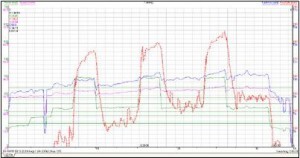
Remember that the heart needs around 45 "to stabilize the pulsations in the exercises in which we go from a very low intensity to a maximum or sub-maximum intensity (as for example in the case of the Released Outputs or the Speed Intervals), so for very short and explosive efforts, the heart rate monitor will not give us much information.
So you can start to realize that the potentiometer is the travel companion, but that You should not influence too much when making your own decisions. There will be days when everything the potentiometer says will go to mass, while other days we can even keep it in a drawer at the moment of going out on the road.
The art of combining the elements
Training the cycling segment for long distance is like cooking. In this list you have a few ingredients, now the time has come when you start to combine them in different proportions to make your sessions.
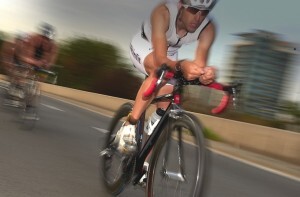
Further information: http://www.ricardperez.com/
There are no previous results.




























